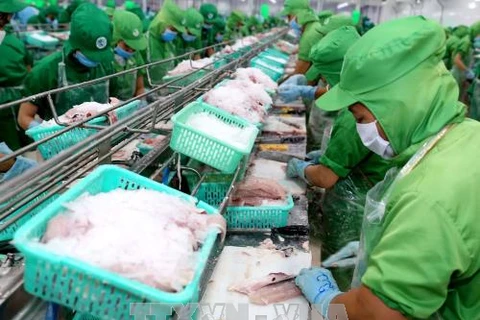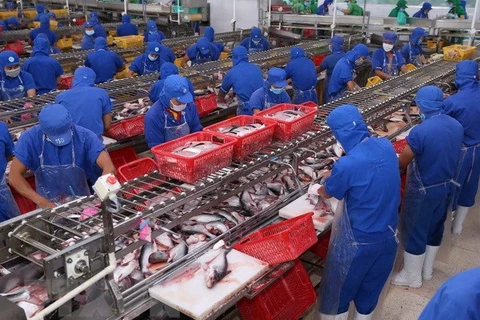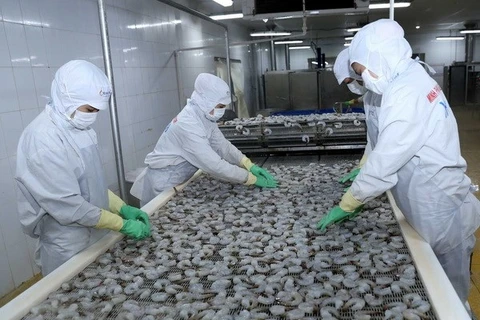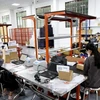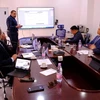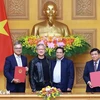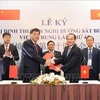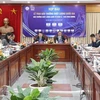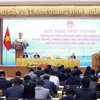HCM City (VNA) – Vietnam’s tra fish exports face an array of difficulties and challenges on the path to achieving this year’s export revenue target of more than 2 billion USD, including high anti-dumping duties, technical barriers and unhealthy competition.
According to the Vietnam Association of Seafood Exporters and Producers (VASEP), tra fish exports in the first three months of 2018 hit 430 million USD, up nearly 16 percent from the same period last year.
This is relatively strong growth amid the continued sharp fall in exports to the EU and obstacles to shipping to the US.
Ong Hang Van, Deputy Director General of the Truong Giang Fishery Holdings Corp, said in the first three months, raw tra fish for export processing was not abundant while material prices were high, causing many difficulties for businesses. However, most import markets bought tra fish at higher prices, which grew by up to 30 percent year on year.
Some tra fish products were previously sold at about 2.2 USD per kg, now prices have exceeded 3 USD per kg. Price hikes are one of the main factors fuelling the surge of tra fish export turnover, Van noted.
Director of the Dai Thanh Co. Ltd Ha Van Tinh said although tra fish exports to the US face challenges, shipments to other markets enjoy favourable conditions, including good prices.
The US Department of Commerce recently announced the result of the 13th period of review (POR 13) of anti-dumping duties on Vietnam’s frozen tra fillets exported from August 1, 2015 to July 31, 2016.
The high tax rate of 3.87 USD per kg under POR 13 is forecast to make it more difficult for the already small number of eligible exporters of tra fish to the US to maintain their foothold in the market. Meanwhile, the US’s ongoing inspection of Vietnamese catfish is still affecting exports to the US.
[US’s antidumping duty ruling lacks legal basis: MARD]
VASEP Secretary General Truong Dinh Hoe said the imposition of high duties on Vietnamese tra fish is not a first. However, the tax rate under POR 13 is too high, beyond businesses’ imagination. With this tax rate, it will be difficult to sell tra fillets to the US.
However, he added, companies can work with US importers to consider exporting non-fillet products.
Meanwhile, some enterprises said tra fish exports to China, Japan and ASEAN are rising sharply, enough to make up for the drops in the EU and the US. Nevertheless, soaring shipments to China also have latent risks.
Hoe said businesses are improving tra fish value, quality and image to boost export to China. However, some of them are competing on price. If negative factors in export price competition are not resolved well, it will be hard to sustainably export tra fish to this market.
In the first quarter, tra fish exports to China grew by about 42 percent from the same period last year, helping this market surpass the US to become the biggest tra fish importer of Vietnam. In January alone, about 41 million USD worth of tra fish was shipped to China, up 132 percent from a year earlier.
VASEP said inconsistent quality control and export prices of tra fish shipped via official and unofficial channels to China have led to unfair competition and caused instability in material supply.
To avoid overdependence on a single market, VASEP has asked the Ministry of Agriculture and Rural Development to up the quality management of tra fish sold to China in the next three months when raw material supply becomes abundant. The ministry was also urged to examine tra fish processing establishments and devise a long-term strategy for exports to China.-VNA
VNA



